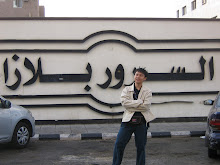
Green living is not only about people. It is also about plants, animals, and the places they live. Green living means thinking about climate change and energy use. Green living is about biological diversity and the well-being of those who draw their livelihoods from nature.
We know this takes effort. Here is a useful list of simple steps you can take to begin thinking greener, acting greener, and living greener.
1. Be Informed
The first step toward being a responsible green citizen is knowing the issues and taking time to think about them.
2. Travel Sustainably
Next time you go on vacation or need to take a business trip, consider ways you can cut down on carbon emissions.
3. Be a Green Consumer
It is becoming easier and easier to know what effects the things you buy have on the environment.
4. Eat Green
Environmentally friendly eating habits are easy and healthy.
5. Explore Biodiversity
The diversity of nature is everywhere. So why not roll up your sleeves and see what’s been living right outside your door?
6. Enhance Your Local Biodiversity
Contributing to diversity in your own neighborhood can go a long way toward feeling good every day.
7. Minimize Your Carbon Footprint
By reducing the energy and fossil fuels you use, you are saving the environment from further damage.
8. Offset Your Carbon
After you have done everything you can to minimize your carbon footprint then you can think about how to offset what residual impacts remains.
9. Influence Your Friends, Family, and Community
A green You is a great role model for your friends, family, and colleagues.
10. Support CI
By supporting Conservation International you are maximizing your efforts by joining larger team.
(source: www.gosolarpowerforhomes.com)
Calculate your carbon impact with the Carbon Calculator






